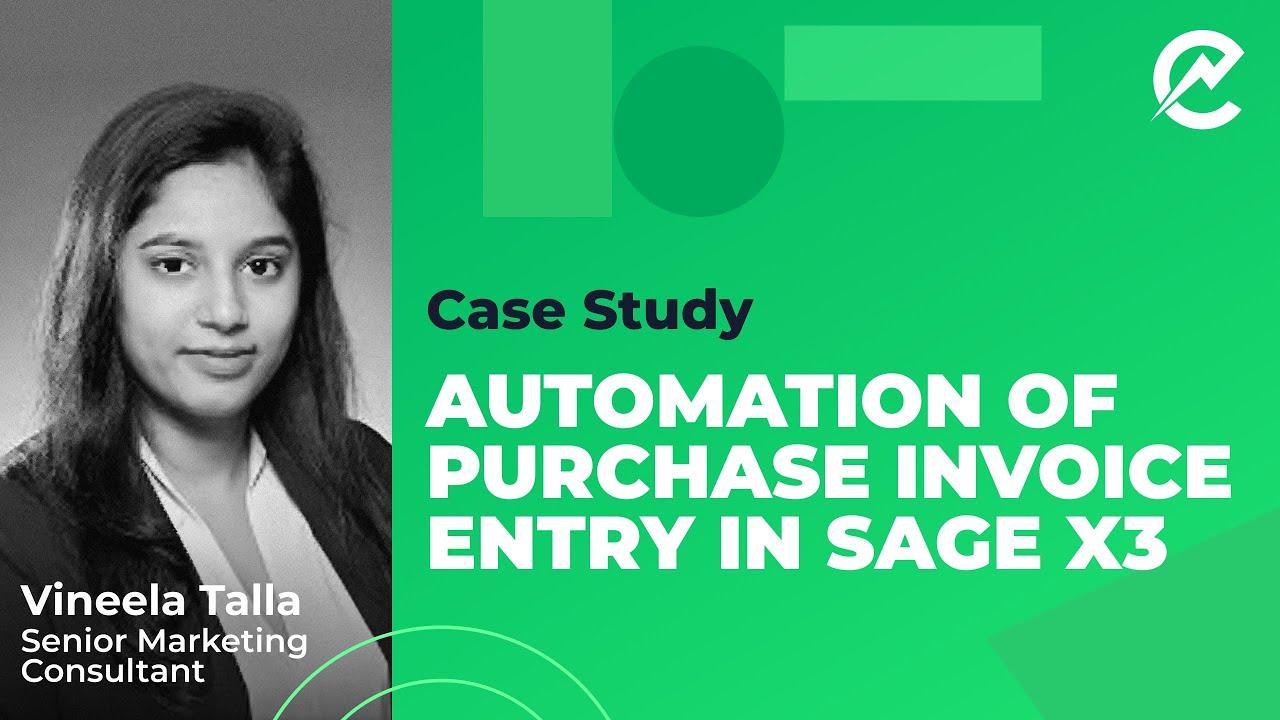Introduction
Robotic Process Automation (RPA) is a technology that uses software bots to mimic human actions such as calculations, record maintenance, and reporting performed on the desktop or the web. It overlays a company’s IT infrastructure which means it can be implemented quickly without modifying existing systems.
RPA is not just limited to simplifying routine tasks but it also handles complex activities such as payroll processing, IT data migration, etc. Some of the major benefits of using RPA include elimination of errors, increased customer satisfaction, better compliance, and reduction in costs. RPA is revolutionizing work by helping employees boost their productivity as it takes over routine tasks.
Many companies are adopting RPA as a faster and more accurate way of doing business. And for System Integrators and Managed Service Providers, these 2 aspects are the main driver of their business continuity. No wonder that RPA raises so much interest for MSP companies.
In this article, we will explain the RPA term, provide some examples, use cases, and advantages of it will share with you the real business benefits MSPs can get when launching an RPA business, especially if they have chosen to partner with ElectroNeek RPA.
What is Robotic Process Automation?
While the very subject of automation is not new, RPA is much more than a tool leveraged to capture data such as for automated invoice scanning and recognition in purchasing and supply management. RPA is a technology used to automate repetitive activities and free up employees’ time.
RPA executes mundane tasks that an employee typically executes manually i.e., any computer-based activity that humans can also perform such as emulating clicks, entering data, copying/pasting data between applications, reconciling, cross-referencing data, navigating on several screens, connecting to applications/databases/APIs, etc.
RPA solutions can process any input data, execute a series of programmed actions, and follow pre-defined rules. RPA tools help organizations improve operational performance and employee engagement.
Wave time-consuming tasks goodbye, and see how MSPs can use RPA to add value to various business functions.

Basic checklist for MSPs to determine an RPA fit
As we have a better understanding of RPA now, it is worth considering which activities can be automated. RPA does not suit every process, so MSPs must identify and evaluate the process they are considering for automation (regardless of the fact whether it is for their internal teams or their clients) to deliver tangible results.
Here is a basic checklist that will help you determine relevant processes for automation. In general the process:
- Follows fixed, repetitive rules.
- Involves a high volume of repetition.
- Has predefined inputs and outputs.
- Is prone to human error such as payroll, invoicing, order management, reporting.
What RPA can do?
RPA tools can be used in a variety of industries and to businesses of any size and scope. For instance, companies are using RPA tools to provide better customer service by automating contact center processes such as verifying information. Accounting tasks such as budgeting, tax data collection, and reporting can be easily automated.
In the Financial Services industry, RPA tools can automate routine activities such as account opening/closing, audit confirmations, reconciliations, email generation, etc. RPA in the healthcare industry can handle patient reports, complaints, billing, reporting, etc.
Robotic Process Automation is also used in the logistics industry to automate the processing of orders, invoicing, checking inventory levels, etc.
We will use some use cases to enhance MSPs' understanding of Robotic Process Automation; how it can be used to automate a repetitive routine.
RPA in action
Case # 1: Automating Invoice Entries in an ERP system
HLB HAMT, a global network of independent audit, tax & advisory firms, in partnership with ElectroNeek, an RPA platform recognized globally for its ease of use and enhanced scalability features, has developed a solution to automate the purchase invoice entries in the Sage X3 ERP system.

The Challenge:
HLB HAMT was facing issues with this routine and repetitive activity. Their employees were manually entering the data to create invoices into the Sage X3 system. The process would take time, and as a result, the company was facing the issue of late payments.
The Solution:
Using ElectroNeek's RPA platform, HLB HAMT created a bot to automatically enter the data into the Sage X3 system. Here’s how the bot works:
- It recognizes the purchase invoice data from the spreadsheets.
- Logs into the Sage X3 system’s invoice module.
- Inputs the data into the relevant fields of the system by taking all the product-related information from the spreadsheet, and creates a new invoice.
- Registers all invoices one by one in the system and generates a document number for each entry.
- Once a purchase invoice is created, it updates the specified excel file with the generated document number.
These document numbers help HLB HAMT employees to verify if the document has been actually created in the system.
Case # 2: Automating Legacy Systems
Working with Legacy systems is a nightmare for IT executives. Organizations still use these ancient programs as the foundation for all business processes, but managing these systems is very challenging. Replacing an outdated system with a better one takes time, and companies face the pressure of managing a seamless and error-free data migration.
The Challenge:
Legacy systems can’t support new and improved features demanded by employees and customers. These low-performing systems can’t embrace a new technological combination to revamp some parts of the system. Here, automation offers a fast, secure, and affordable interim solution until the outdated system is fully replaced. Additionally, all the sensitive data remains in the complete possession of the IT team.
The Solution:
RPA bots can easily work on the surface of applications and eliminate time-consuming and tedious tasks. Here’s how a typical bot works:
- Executes automation across systems such as CRM, email, and finance systems.
- Copies data from legacy systems to other sources such as spreadsheets, cloud, etc.
- Transfer data from external sources to the system.
- Keep the stored data updated in the system.
- Creates an activity log/report based on the task completed.
- Notifies the user upon executing predefined activities in the system.
Why is RPA under the spotlight?
RPA offers businesses the best of both worlds, that’s why it is getting much attention. It has become a preferred option for firms to digitize repetitive operations and respond to regulatory changes quickly. Organizations opting for RPA find many advantages, for instance when it comes to data manipulation, it helps eliminate manual data changes.
In general Robotic Process Automation brings the following outcomes to an organization:
- Reduces the risk of error and offers consistent results.
- Helps maintain control of processes, and develop robust strategies.
- Saves money on the execution of monotonous and manual tasks.
- Allows routine tasks to be carried out more quickly, and ensures compliance with standards and regulations.
- Improves customer satisfaction as various completing customer-related tasks can be completed faster, and with fewer errors such as handling complaints.
- Frees up time, so employees can focus on important activities.
- Enhances data quality and reduces compliance risks.
- Interconnects with other systems including legacy ones easily.
- Executes tasks with no interruptions, unlike humans.
RPA for Managed Service Providers — scaling through quick implementation with impactful results
The door to growth is open for the Managed Services Providers as the demand for the new hybrid infrastructure solutions is rising, and cloud adoption has become the new norm during the COVID-19 pandemic. Businesses are turning to MSPs as knowledgeable, reliable partners and these providers have witnessed an increased demand for certain offerings. But this opportunity is a double-edged sword. There is growth, and there are some challenges and complexities too.
MSPs have to maximize efficiency, keep their costs down, and fulfill the complex needs of their clients. Companies expect MSPs to deliver the right solutions and expertise, but MSPs are also struggling to keep up with the pricing pressure, finding the right partner to stay relevant and expand in the years ahead and do better in sales and marketing.
What benefits will MSPs get by using ElectroNeek's RPA platform?
Automation makes it easier for companies to digitize and save time and cost. It takes advantage of the business infrastructure without disrupting anything. As a result, employees can work on their systems as usual, while the RPA bots will automate the most laborious part of work for them.
Let's discuss why choosing ElectroNeek as an RPA vendor can help MSPs fulfill their precise automation needs.
- It offers the best value and ROI for clients.
- You get free bot licenses which means your automation bots can be scaled easily and used flexibly.
- Quick implementation means greater customer satisfaction and more recommendations, so the profitability of your service increases faster.
- A dedicated technical team is available round the clock to help you with any issue.
- Free online certification for your developers is offered.
- Take advantage of our MSP global program tools and resources to help you build your RPA services brand, generate more leads, and win more deals.
- The RPA solution works through the interface of many apps and software, and there are no additional costs involved to adopt other systems. This reduces the payback time as you can implement the same bots (with minor changes) in any company.
- These tools also support integration with legacy systems that are without an API.
As an ElectroNeek's partner, your typical RPA project will pay off within a few months because there is no need to perform much preparatory work. The installation of ElectroNeek’s RPA tools can be performed without any hitch; all you need is to ensure that your clients' systems, files, and data that needs to be processed are well-structured and organized. This is one of the most important criteria for implementing automation.
Get the best RPA Platform for your needs!
We have discussed RPA, its capabilities as a reliable and consistent method to improve the bottom line, and how it delivers time and labor savings.
After reading this article, you must have understood that as an MSP, you can apply Robotic Process Automation to any company, no matter the size and industry. It is high time to take advantage of this technology to automate low-value-added processes and make your clients confident and comfortable about using this technology to eliminate redundant and low-value tasks.
No matter the industry, ElectroNeek’s diverse and expanding portfolio will help you scale quickly. You will also take advantage of our expertise and training to deliver more value to your clients and grow your business.
